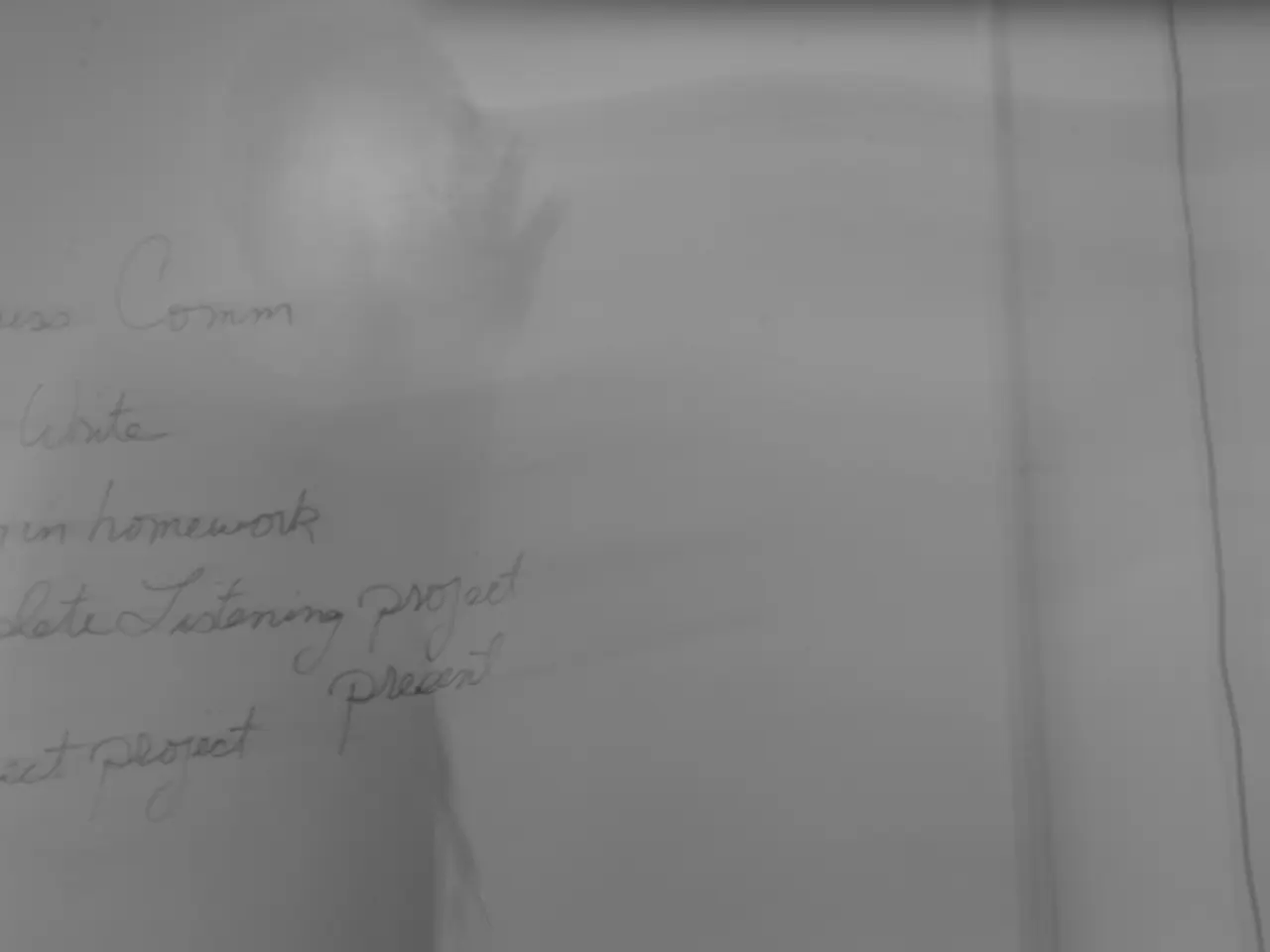Fresh Take: Unveiling the Mysteries of Mortgage Refinance
Refinancing a mortgage: Explanation and operational details
Hey there! Let's dive into the world of mortgage refinancing. It's all about switching up your current mortgage with a new one, adjusting rates, terms, or even loan types. You might even switch lenders if you fancy a change.
Here's the Scoop on Refinancing
Refinancing your home honestly isn't much different from the mortgage application process when you first purchased your pad. The lender scrutinizes your finances to gauge your risk level. Here's the lowdown on how it goes:
- The lender checks your credit score.
- You share your financial documents with them.
- A home appraisal is in the cards.
- Your loan gets processed through mortgage underwriting.
- The entire process takes about 30-45 days, on average.
Fun fact: the average time to finalize refinanced mortgage was 48 days in January 2025, according to ICE Mortgage Technology.
Types of Refinances
The refinance game offers quite an array of options. Pick the one that suits your financial situation best!
- A rate-and-term refinance alters the loan's interest rate or term, or both.
- Cash-out refinancing lets you use your home equity to pocket some dough for personal use. Warning! This increases your mortgage debt.
- With a cash-in refinance, you pay a lump sum to lower your loan-to-value (LTV) ratio, making your debt burden lighter, potentially reducing monthly payments, and even scoring a lower interest rate.
- Choosing a no-closing-cost refinance means refinancing without paying upfront closing costs. Instead, you roll the expenses into your new loan, leading to a higher monthly payment and interest rate.
- If you struggle to make your mortgage payments and are close to foreclosure, your lender might offer a short refinance. This type of refinance means your new loan is lower than the original amount borrowed, and the lender wipes out the difference.
- Homeowners aged 62 and up might be eligible for a reverse mortgage, which lets them unlock their home's equity and collect monthly payments from the lender. Use these funds for retirement income, medical bills, or whatever you fancy!
- A debt consolidation refinance grants cash to repay other non-mortgage debt, like credit card balances.
- A streamline refinance accelerates the refinancing process for borrowers, eliminating credit checks and appraisals for certain loan types like FHA, VA, USDA, Fannie Mae, and Freddie Mac loans.
Refinancing 101
What goes down when you refinance your home or rental property? Here's the deal:
- Establish your financial goal
- Examine your credit score and history
- Determine your home equity
- Hunt for several mortgage lenders
- Gather your paperwork
- Prepare for the home appraisal
- Bring cash to the closing, if required
- Monitor your loan
Finding Your Perfect Refinance Match
- Set a defined financial goal
- Check your credit score and history
- Determine if you have adequate home equity
- Compare rates from multiple lenders
- Pay attention to charges and fees
- Prepare your paperwork
- Anticipate the home appraisal
- Arrive with cash for the closing, if needed
- Keep tabs on your loan
The Joy of Cash-Out Refinancing
Smile for the Camera: Cash-Out Refinance Perks
- Equity Access: Cash-out refinancing allows you to tap into your home equity, ready for big-ticket expenses, like renovation projects, debt repayments, or additional spending.
- Potential Low Rates: If current rates are lower than your ongoing mortgage rate, refinancing could reduce monthly payments, saving you money in the long run.
- Simplified Finances: Combining your mortgage with a new loan eases the burden of multiple debt payments.
- Flexibility: Cash-out refinance funds can be used anytime, offering versatility in managing your finances.
The Downside of Cash-Out Refinancing
- Bigger Upfront Charges: Expect high closing costs with cash-out refinances, usually ranging between 2-6% of the loan amount.
- Foreclosure Risk: If you can't repay the new, larger mortgage, you may face foreclosure.
- Higher Monthly Payments: Depending on your new loan terms, your monthly payments might skyrocket, especially if the new mortgage features a higher interest rate or longer repayment period.
- Longer Repayment Period: Choosing a more extended repayment period to keep monthly payments manageable can mean coughing up more in total interest over the life of the loan.
- Mortgage Insurance: Insurance-backed loans, like FHA loans, may entail additional mortgage insurance premiums, adding to your expenses.
Happy Refinancing!
- "After assessing your personal-finance situation, you might consider a cash-out refinance to access your home equity for expenses like student loans, home improvements, or other personal uses."
- "While cash-out refinancing provides the advantage of tapping into your home equity, be aware that it can lead to increased mortgage debt, higher monthly payments, and potential foreclosure risk, especially if you're unable to manage the new loan terms."




